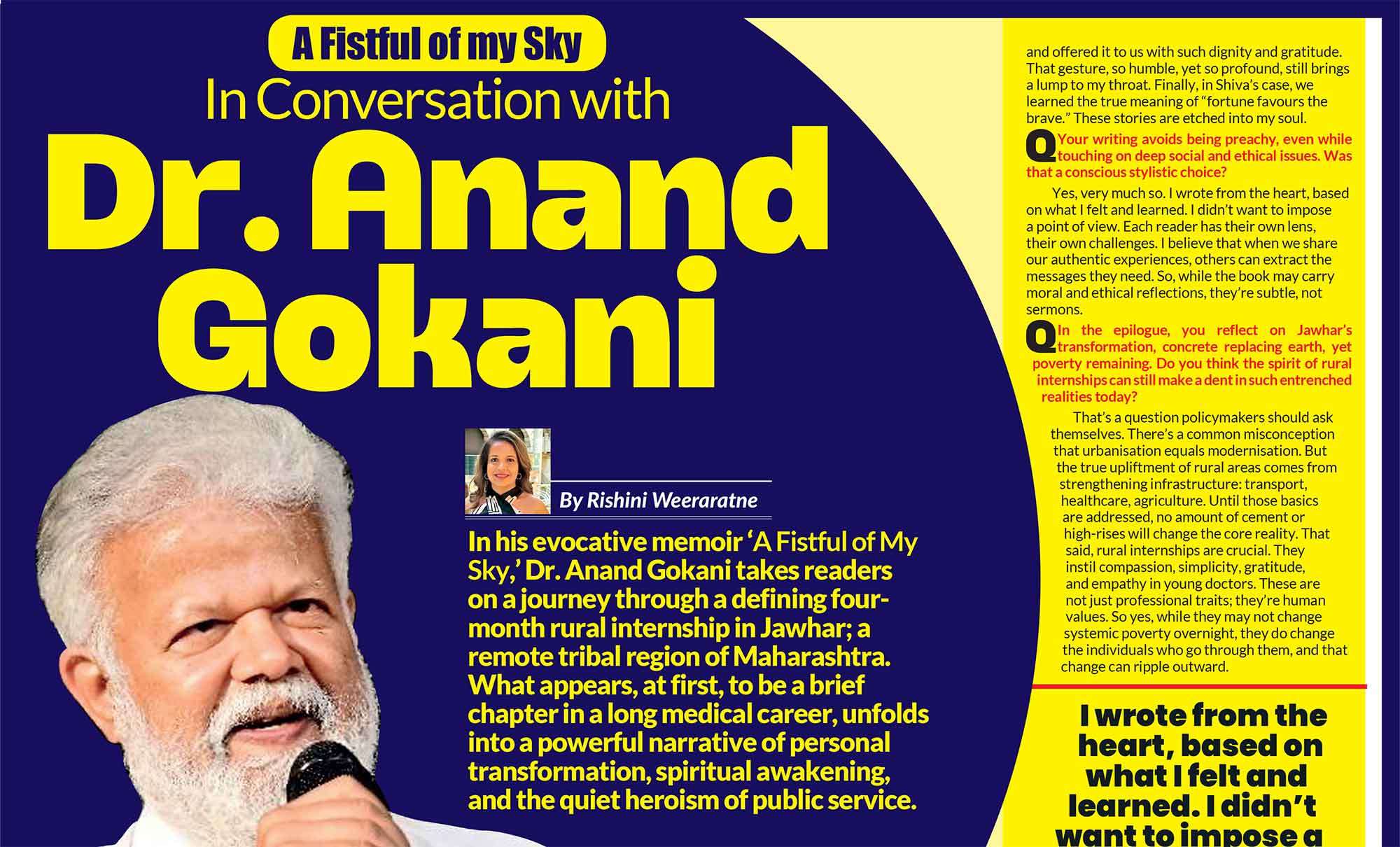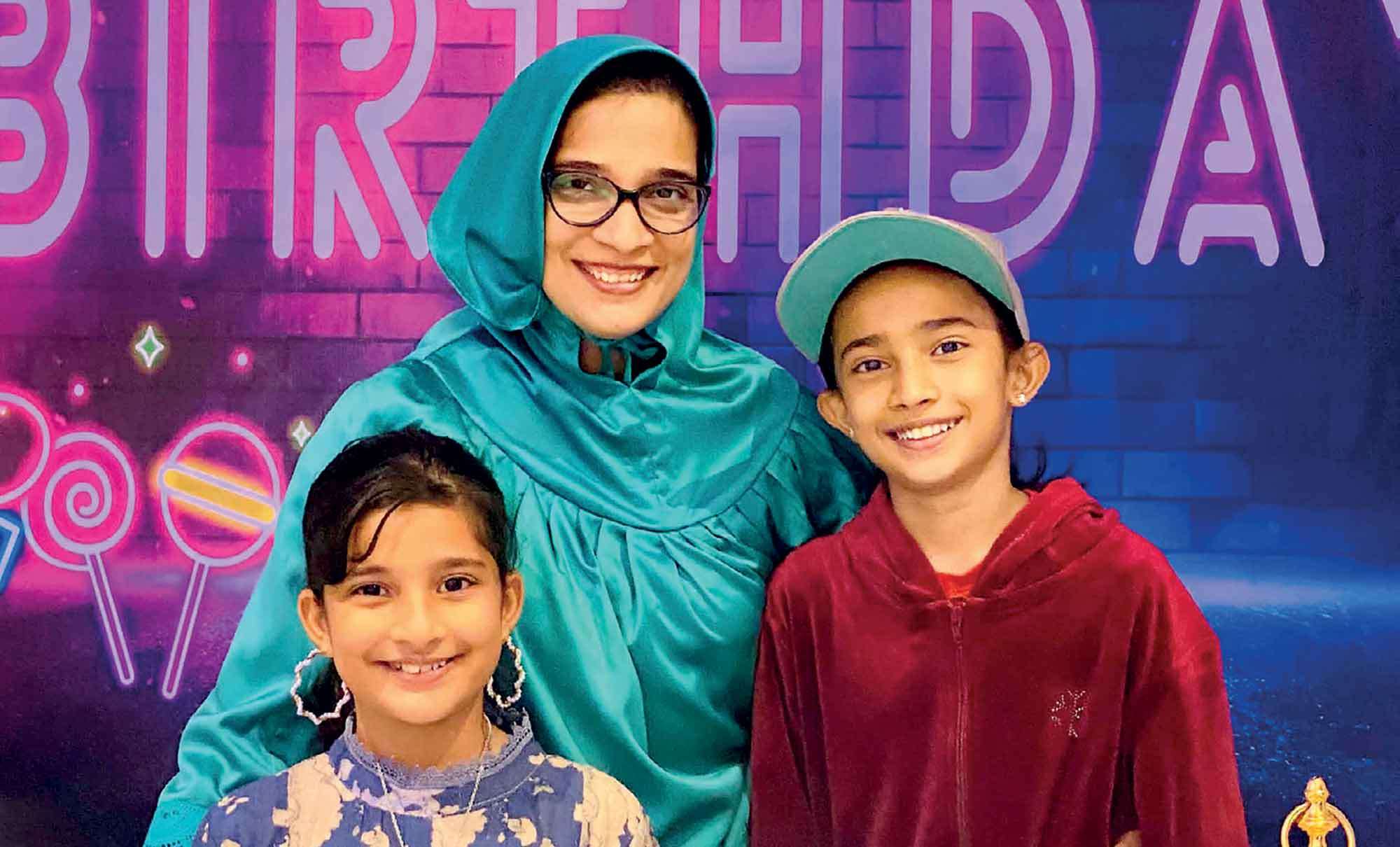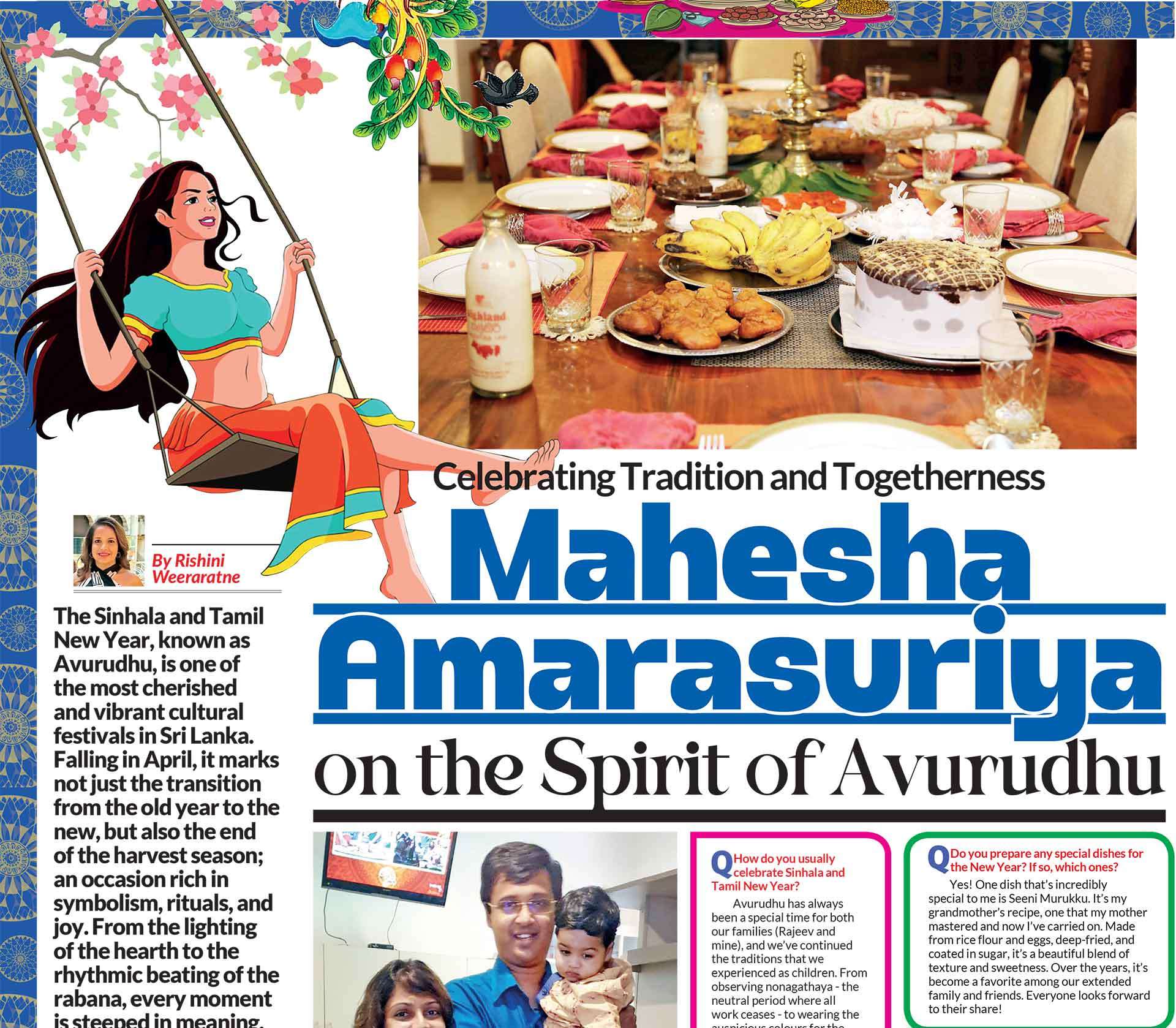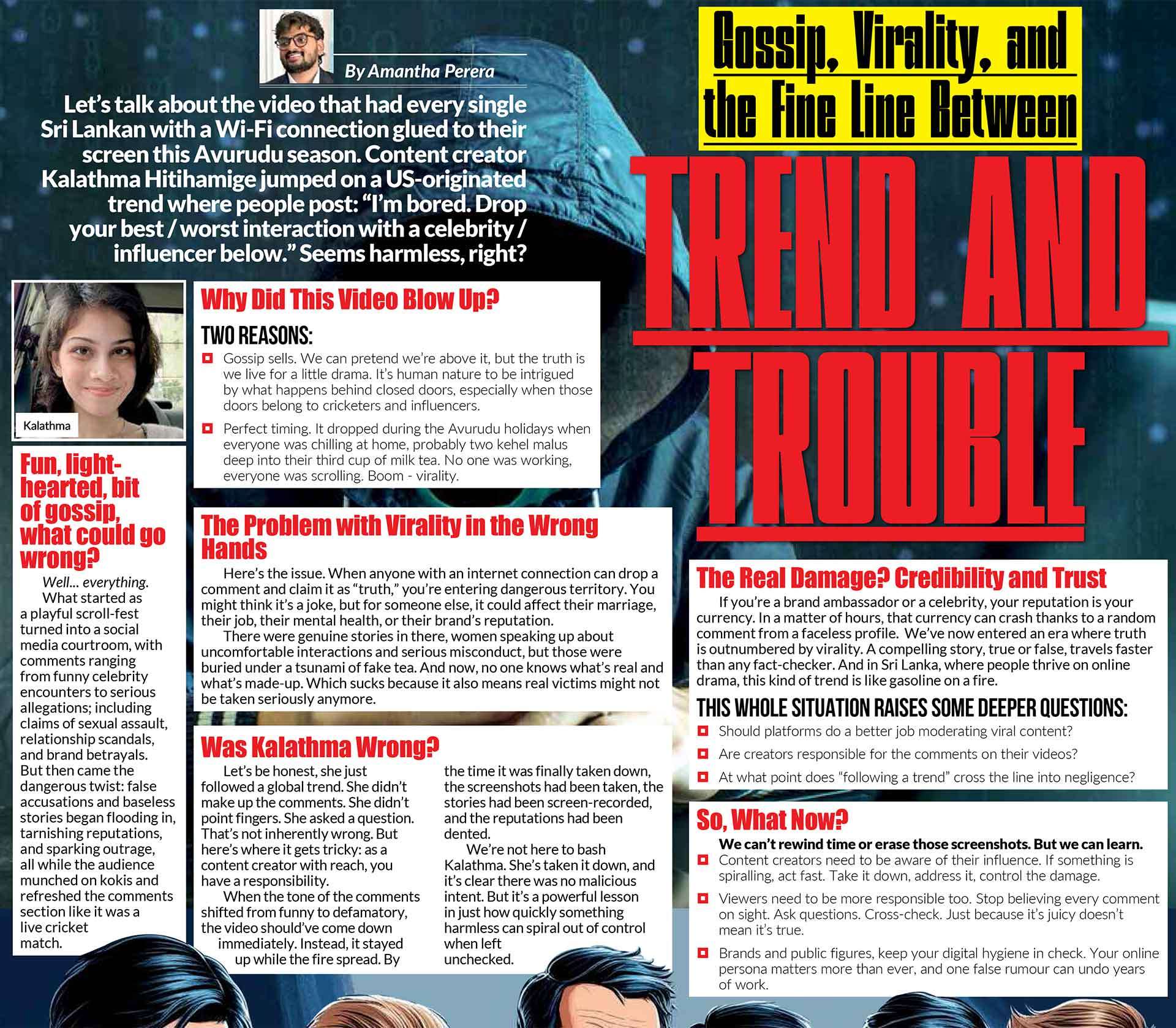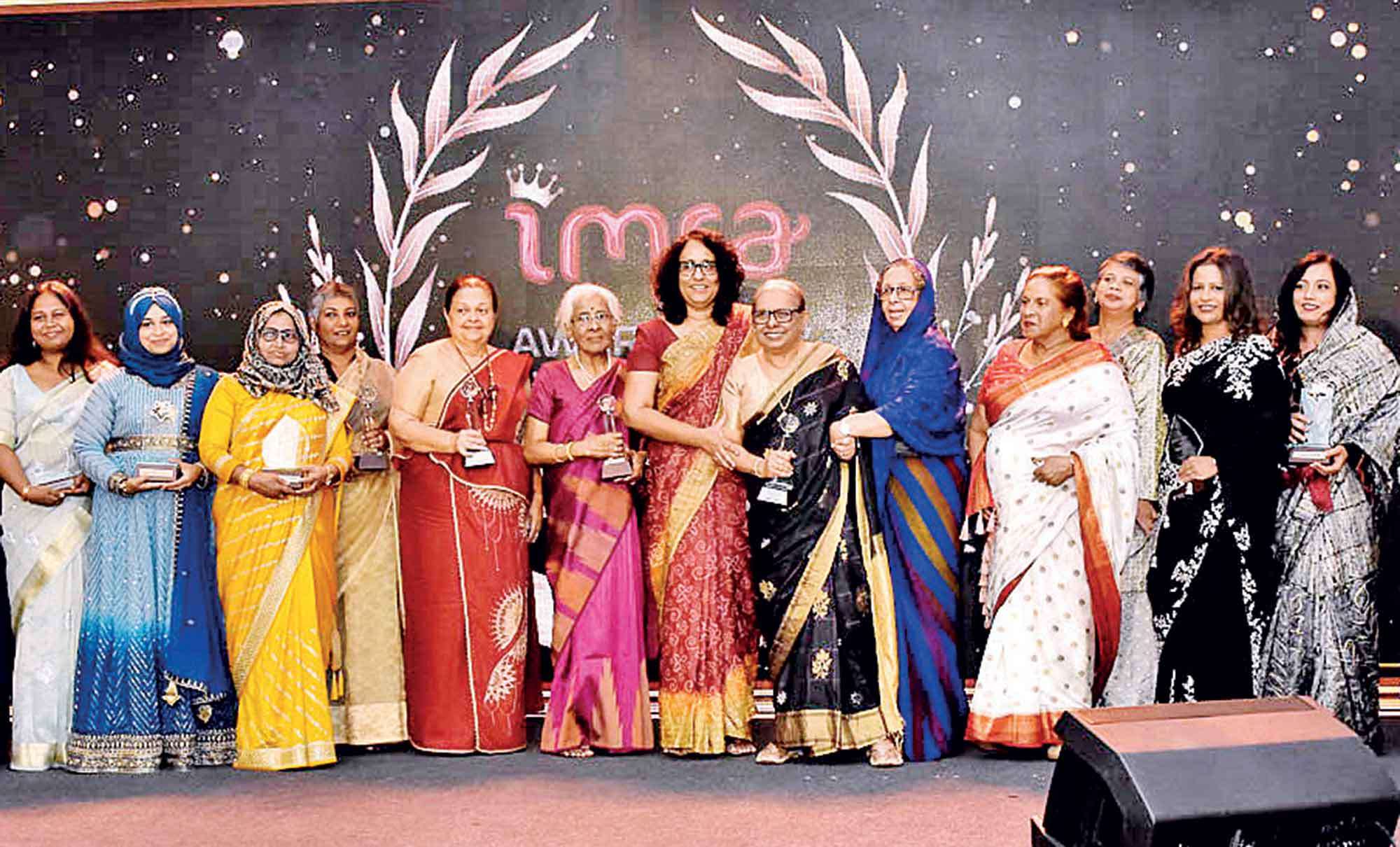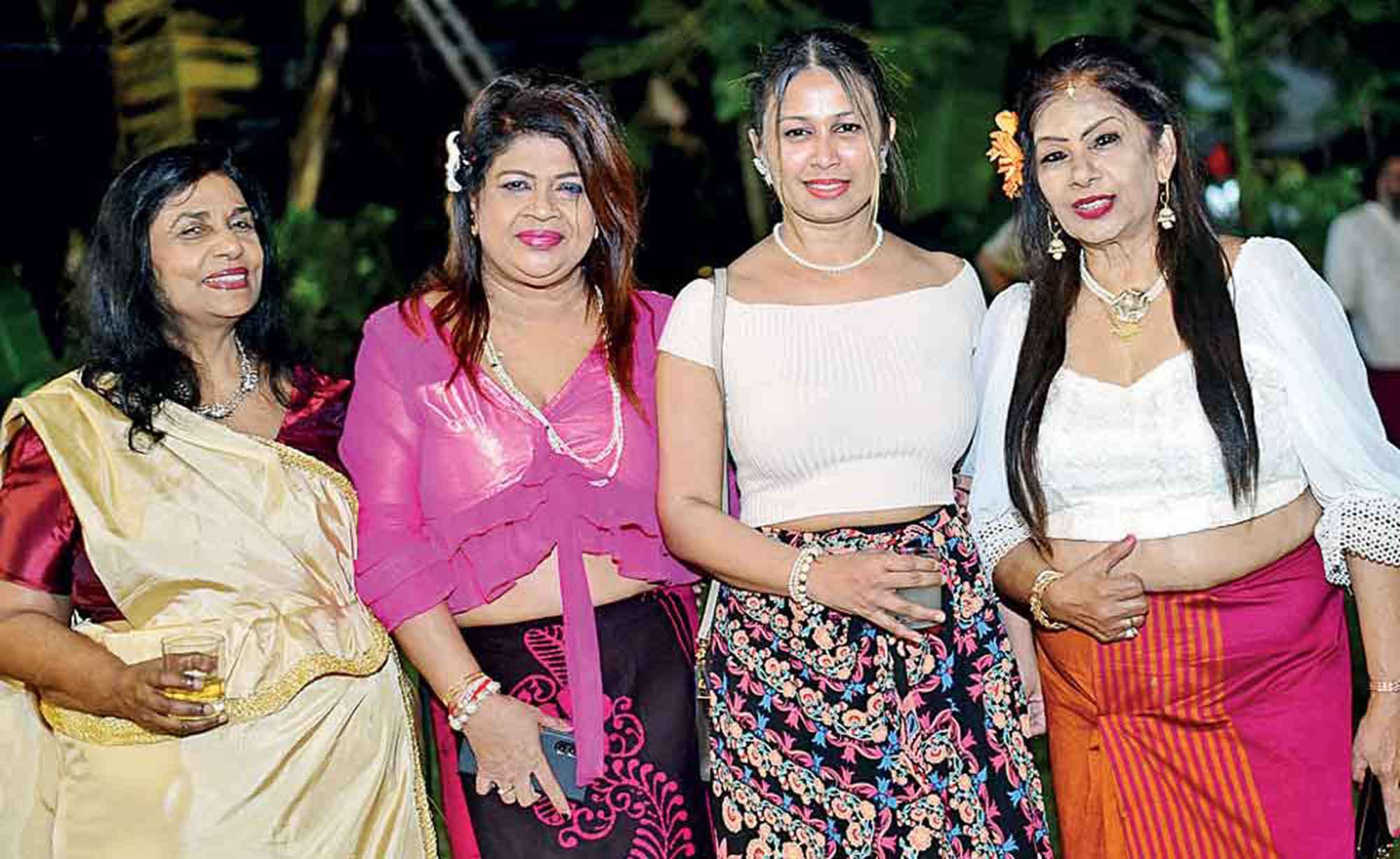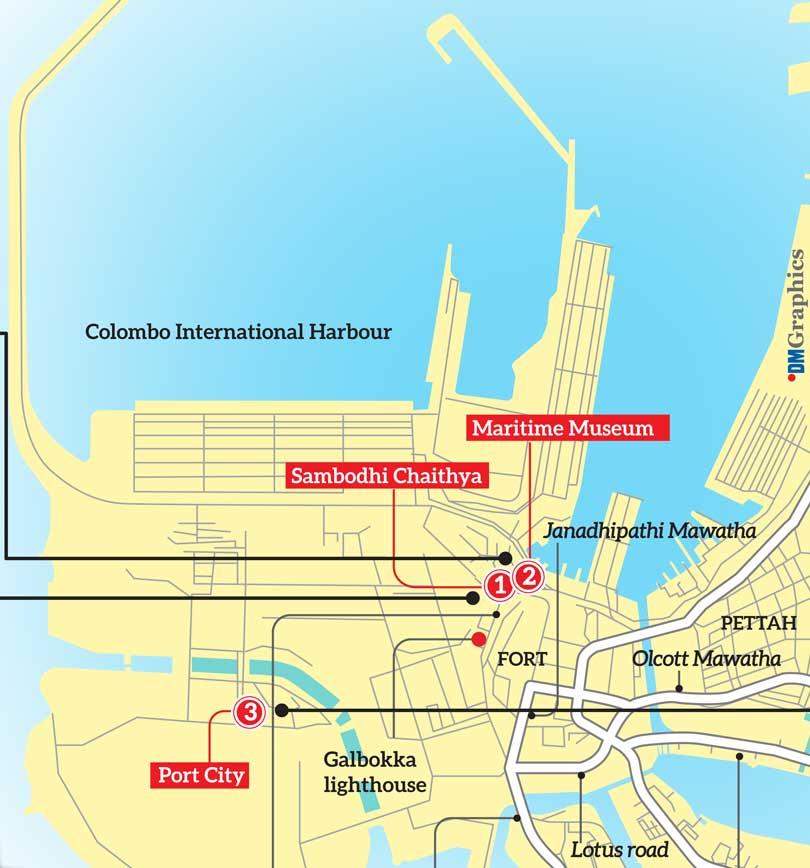
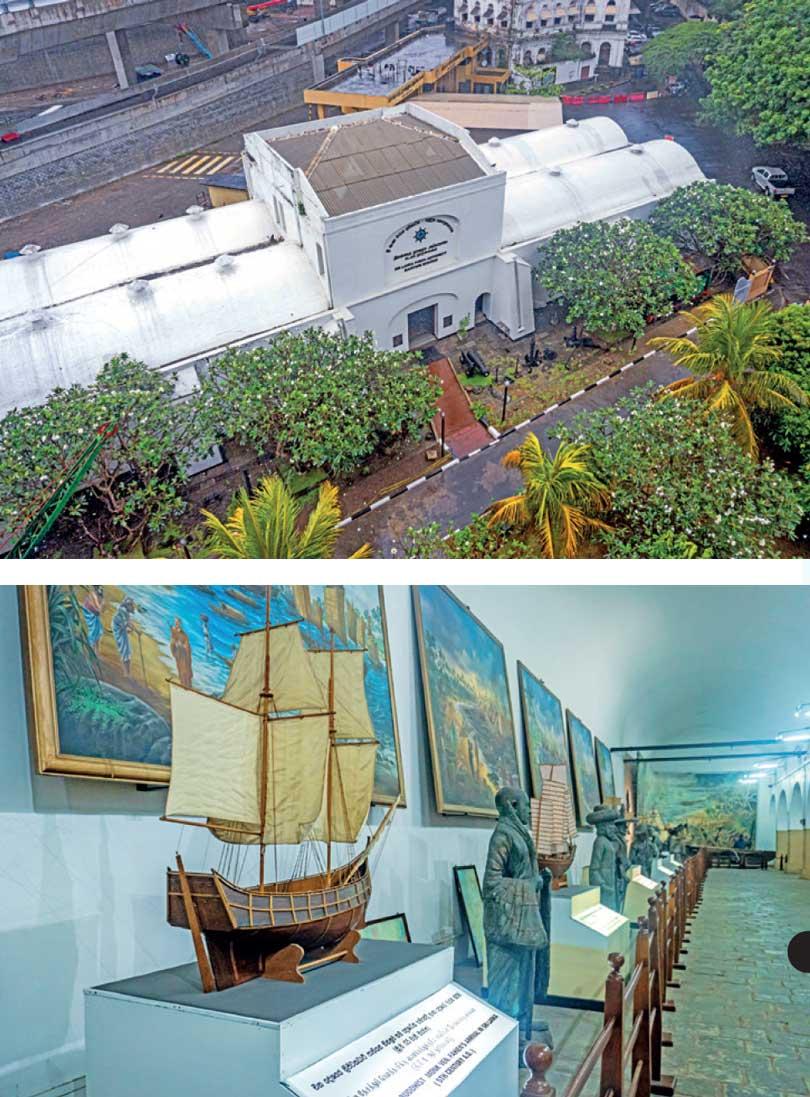
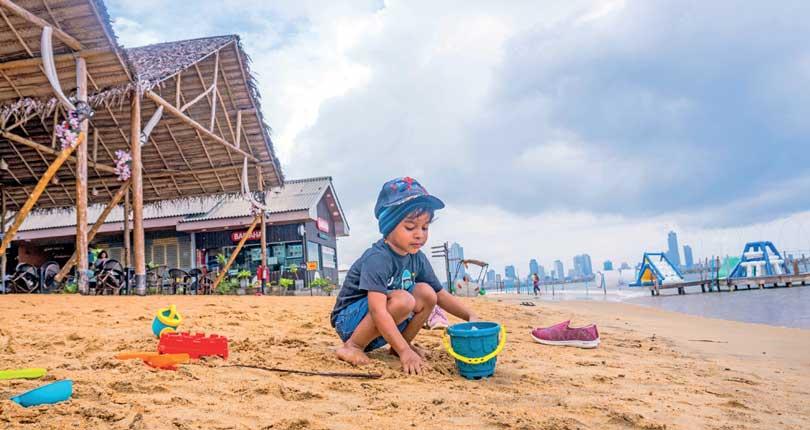
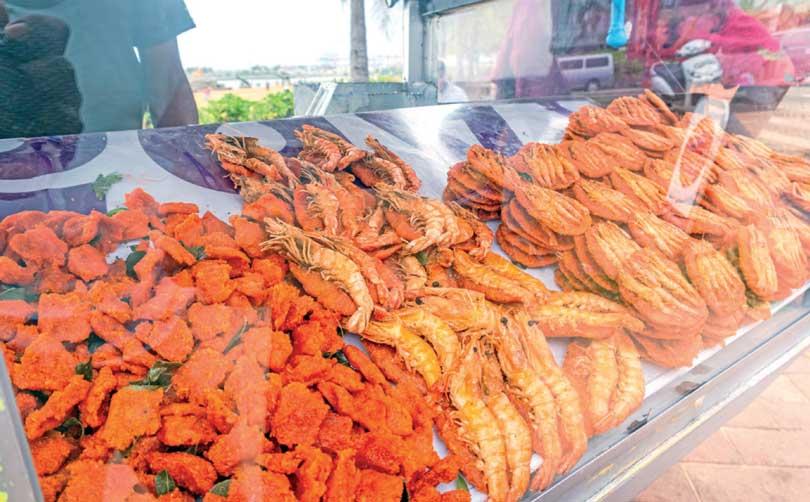
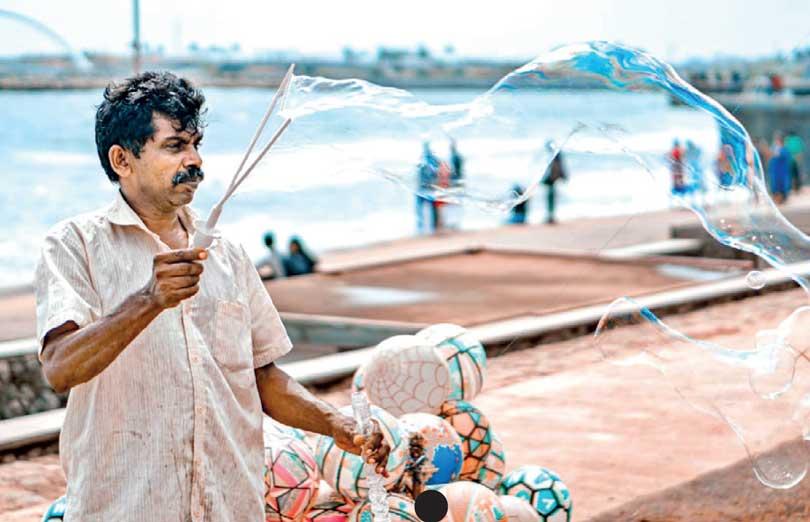
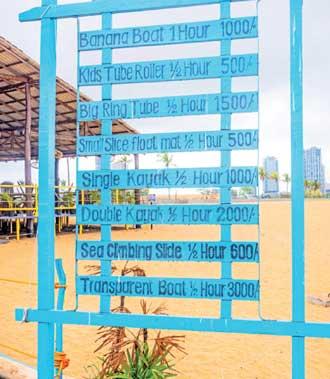 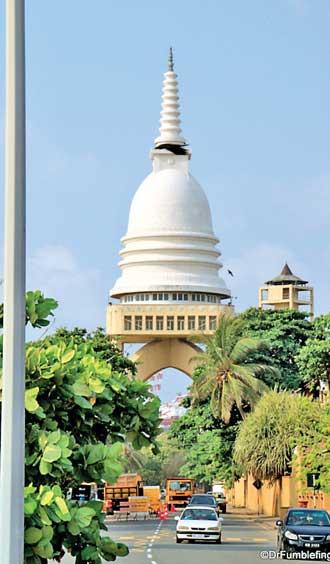 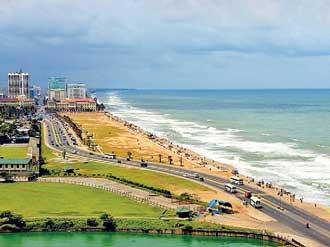 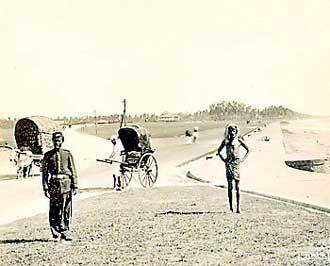 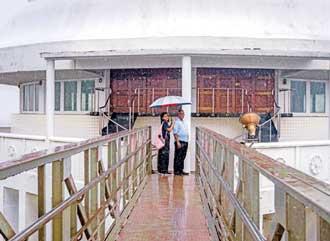 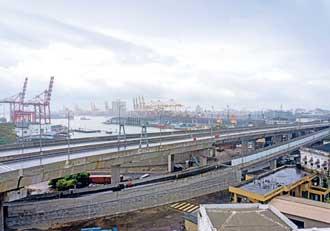 |
It was drizzling slightly when we got into our transport, setting off on what would turn out to be quite an adventure. Now, for the new readers, let me introduce you to Chamara; the unexpected star of the show. Chamara is a friend I made at work simply because I refused to call him “Uncle.” Trust me, that little decision set the tone for everything that followed. Joining us were Pathum, our designated photographer (though that title didn’t last long), and Gayantha, who was meant to assist but instead seized the camera with an enthusiasm that would, regrettably, not translate into skill. Let’s just say he won’t be entrusted with that responsibility again.
But Chamara was not quite the same man I had first befriended.
A brush with fame, however modest, can work wonders on a person’s confidence. Ever since his face graced the pages of The Sun, Daily Mirror in “Pettah with a Boomer,” his colleagues at the security room, what we call the checkpoint at work, have noticed it too, a revelation brought to my attention by our overly serious but well-meaning security guard, Surgeon Bible.
A City of Forgotten Landmarks
Our driver for the day was Uncle Mahanama, a genial soul who had joined purely for the fun of it. Our first stop: Sambodhi Chaitya.
When? In 1953, Ven. Henpitagedara Gnanaseeha Thero envisioned a Buddhist landmark that would serve as a beacon for incoming ships, a silent proclamation that Sri Lanka’s heritage is steeped in Buddhism. The result was a breathtaking stupa, elevated by graceful concrete arches, standing tall against the city skyline. Yet, time and neglect have dulled its grandeur. The bridge leading to it is in desperate need of repairs, its visitors now mostly crows and the occasional wayward tourist. It is a disheartening sight, history left to decay in plain view.
From the stupa’s perch, the view is unparalleled. The harbor stretches endlessly, a tangle of commerce and motion. Colombo itself owes its name to Kolomtota, a vital trading port since the 14th century. Merchants from China, India, and Persia once filled these shores, long before colonialism cast its long shadow. Under British rule, Colombo’s port transformed into a key player on the global maritime stage, a legacy that still holds, with the port ranked among the top 35 in the world today. As we lingered, Chamara stood absorbed, watching tugboats maneuver massive vessels with childlike fascination. Perhaps he had dreamt of ships as a boy.
The Maritime Museum and the Illusion of Magic
Before moving on, we sought sustenance, because no journey is complete without snacks. We procured Highland chocolate milk from a Navy welfare shop and continued to the Maritime Museum. The only one of its kind in Sri Lanka, the museum was first established in 1992, only to be obliterated by the 2004 tsunami.
Thanks to Dutch funding, it was resurrected, now housing relics that tell a sweeping history, from the arrival of Prince Vijaya to the evolution of diving gear and ship mechanics. My companions, however, were less captivated by maritime history than by a life-sized clay fisherwoman nearby. Predictable.
Our final historical stop was the old lighthouse. Initially a clock tower, taller buildings obscured its beam. By 1952, it had been decommissioned, replaced by a newer lighthouse at Galbokka Point.
The Mirage of Port City and the Bitter Taste of Isso Wade
Port City was next. A gleaming, unnervingly quiet expanse of reclaimed land, it exudes potential yet feels eerily incomplete. On weekends, it pulses with life, but on a weekday, not so much. Chamara, ever the boomer, let out a deep sigh. “Such a waste of land,” he declared, shaking his head. But as the Gen Z optimist I am, I couldn’t see it that way. It holds potential, waiting to be discovered. It’s already here, after all. The least we can do is lean into its possibilities instead of pretending it doesn’t exist.
Every few minutes, Gayantha exclaimed, “Can y’all believe we’re in the middle of the sea?” Yes, Gayantha, we can, for the 83rd time.
Nearby, two-year-old Livein was building sandcastles with an intensity I could only admire. I hesitated; I am not particularly fond of children. They tend to regard me as if I were Vilgax from Ben 10. Still, I extended a tentative olive branch. “Can I join?” He raised his tiny hand. For a fleeting second, I thought he would high-five me. Instead, he flung a fistful of sand in my face. Chamara, predictably, did not hesitate with his smug “I told you so.”
Galle Face Green
At this point, we needed a well-earned snack, and what better reward than Isso Wade? When it comes to Colombo street food, you must go all in. Chamara, however, had other ideas. “We should just eat Maggi instant noodles,” he suggested. I looked at him like he had personally offended my ancestors. “Absolutely not. I will listen to you almost every time, but this? This is where I draw the line.” Uncle Mahanama, was heavily persuaded (read: influenced) into accelerating toward Galle Face.
And so, we made our way to the wade stalls, detouring slightly when I noticed a foreign girl (Mel) sitting alone on a bench. I wanted to hear her experience, and more importantly, make sure she felt safe. Gayantha agreed, though I made sure his motives were nothing beyond that (let’s just say, no Instagram handles were exchanged). She smiled, offering me a spot on the bench. “I feel safe here,” she admitted. That meant something. She spoke so highly of Sri Lanka, and for a moment, I saw my country through her eyes, vibrant, welcoming, a place worth observing.
As we walked toward the isso wade sellers, we passed by the soapy bubble sellers, their glowing orbs floating into the evening air.
They were eager for a sale, but I hesitated, I had to budget for the wade, unsure how much it would take to give everyone the full experience with the cash I carried at the moment. Still, I hoped they knew how much they added to the charm of Galle Face, making it a more vibrant and beautiful place for everyone.
By the time we finally reached the wade vendor, I was hyped. This was going to be the moment of the day. We went all in, every variety, enough to feed not just us but our powerhouse at work, Tharindu, who always has our backs when we disappear on these little adventures. First bite. Something that did not belong in food. Second bite. Confirmed: something else that definitely shouldn’t be there. I swallowed my disappointment along with the wade. I love these street vendors, I really do. But it’s a tough business, especially at night when people don’t notice things they probably should. Hygiene matters. People matter. And on this particular day, our isso wade dreams were crushed. Chamara turned to me, eyes gleaming. “I told you so.” Honestly, I should have listened. Not about the noodles. But about purchasing that bubble machine. That was the real regret of the day.


